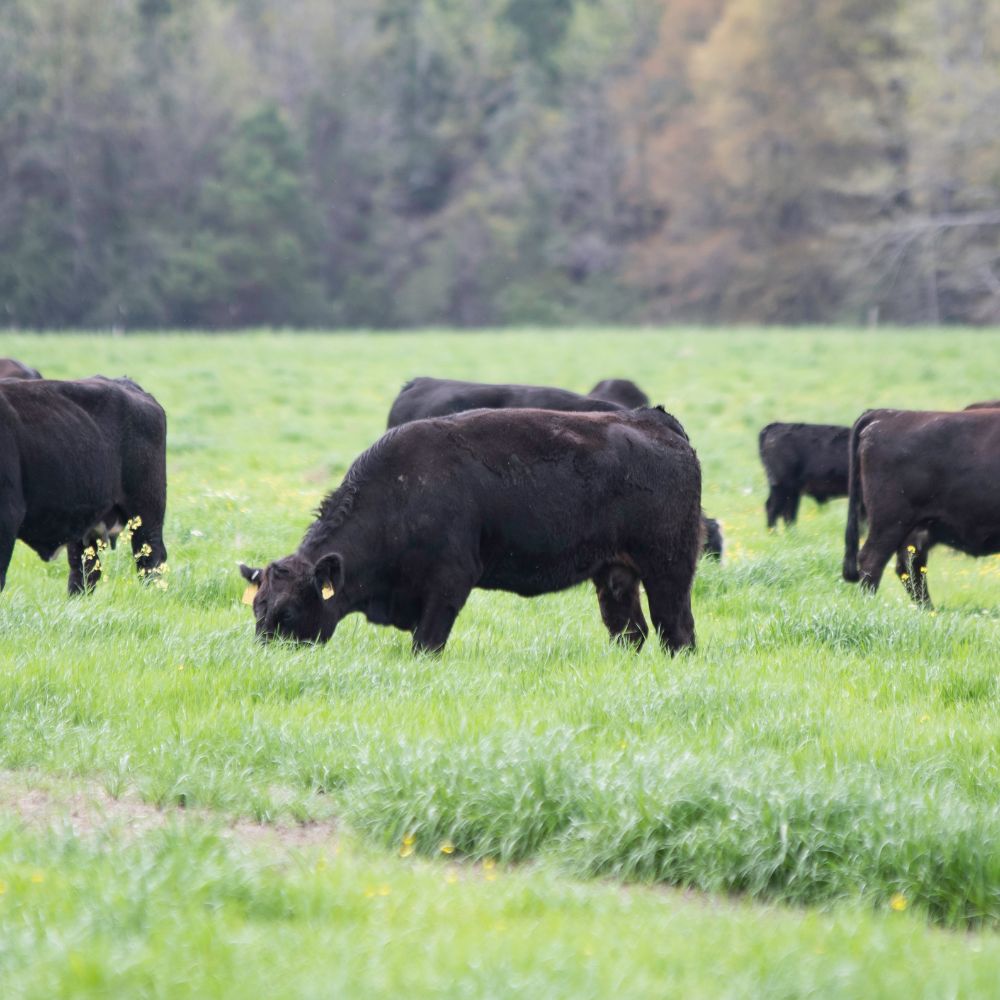The 8-Minute Rule for Bagley Risk Management
Table of ContentsOur Bagley Risk Management StatementsThe 8-Minute Rule for Bagley Risk ManagementThe Single Strategy To Use For Bagley Risk ManagementThe Main Principles Of Bagley Risk Management The Buzz on Bagley Risk ManagementBagley Risk Management for Beginners
When your agreement reaches its end date, the last rate is computed using the CME Feeder Cattle Index. If the index falls listed below your agreement's protection rate, you might be paid the difference.Animals Threat Protection (LRP) is a USDA subsidized insurance coverage program that aids safeguard producers from the risks that come from market volatility. With LRP, manufacturers are able to guarantee a flooring cost for their livestock and are paid an indemnity if the market worth is reduced than the insured rate.
This product is planned for. Rma LRP.
Facts About Bagley Risk Management Uncovered

In the last pair of months, numerous people at FVC and PCM have gotten questions from producers on which danger administration device, LRP vs. Futures, is much better for a pork producer? Like many tools, the solution relies on your procedure's objectives and scenario. For this version of the Dr.'s Corner, we will analyze the situations that tend to prefer the LRP device.
In Mike's analysis, he contrasted the LRP estimation versus the future's market close for each day of the previous two decades! The percent revealed for each month of the given year in the initial area of the table is the percent of days because month in which the LRP estimation is reduced than the futures close or in various other words, the LRP would potentially indemnify greater than the futures market - https://bagleyriskmng.edublogs.org/2024/02/06/unveiling-the-secrets-of-lrp-insurance/. (Livestock risk protection calculator)
As an example, in January 2021, all the days of that month had LRP potentially paying more than the futures market. Conversely, in September 2021, all the days of that month had the futures market potentially paying greater than LRP (zero days had LRP lower than futures close). The propensity that dawns from Mike's evaluation is that a SCE of a LRP has a higher possibility of paying a lot more versus futures in the months of December to May while the futures market has a higher probability of paying much more in the months of June to November.
What Does Bagley Risk Management Mean?

50 or $5. 00). As an instance, in 2019, LRP was far better or within a $1. 25 of the futures market over 90% of the days in all the months other than June and August. Table 2 illustrates the ordinary basis of the SCE LRP estimations versus the future's close for the given amount of time each year.
Once again, this data sustains a lot more possibility of an SCE of a LRP being much better than futures in December via May for the majority of years. As an usual caution with all analysis, past performance is NO warranty of future efficiency! Additionally, it is essential that producers have accounting protocols in location so they understand their cost of manufacturing and can much better determine when to make use of danger administration tools.
The Ultimate Guide To Bagley Risk Management
Some on-farm feeders may be contemplating the requirement for rate protection currently of year on calf bones kept with the intent to feed them to a finish weight sometime in 2022, utilizing readily available feed resources. Regardless of strong fed cattle rates in the existing regional market, feed costs and present feeder calf bone values still produce limited feeding margins moving forward.
The current ordinary auction price for 500-600 pound steers in Nebraska is $176 per cwt. This recommends a break-even price of $127. The June and August live cattle agreements on the CME are presently trading for $135.
Cattle-feeding enterprises have a tendency to have limited margins, like lots of farming ventures, due to the competitive nature of business. Livestock feeders can bid more for inputs when fed livestock rates rise. https://www.magcloud.com/user/bagleyriskmng. This enhances the rate for feeder why not find out more cattle, particularly, and somewhat boosts the costs for feed and various other inputs
The Bagley Risk Management Ideas
Areas much from significant processing centers have a tendency to have an unfavorable basis. It is important to keep in mind that regional results additionally affect basis worths for 500-600 pound steers in the fall. For example, Nebraska livestock are close to major processing centers. Because of this, basis declares or no on fed livestock throughout much of the state.
Only in 2020 did the LRP protection price exceed the ending worth by enough to cover the costs cost. The internet result of having this LRP insurance coverage in 2019-20 was significant, adding $17.
37 The manufacturer costs declines at lower protection degrees but so does the coverage cost. Since manufacturer costs are so reduced at lower protection levels, the producer loss ratios (indemnity/premium) boost as the insurance coverage degree declines.
Bagley Risk Management Fundamentals Explained
In general, a producer ought to take a look at LRP insurance coverage as a mechanism to safeguard output rate and succeeding earnings margins from a risk management perspective. Some manufacturers make a case for guaranteeing at the lower levels of insurance coverage by focusing on the choice as an investment in threat administration security.
